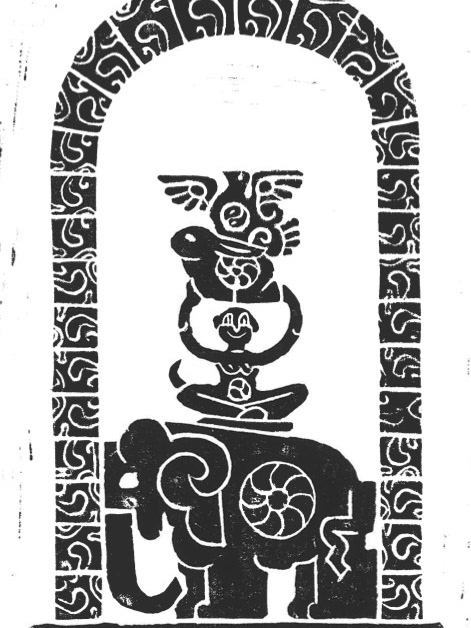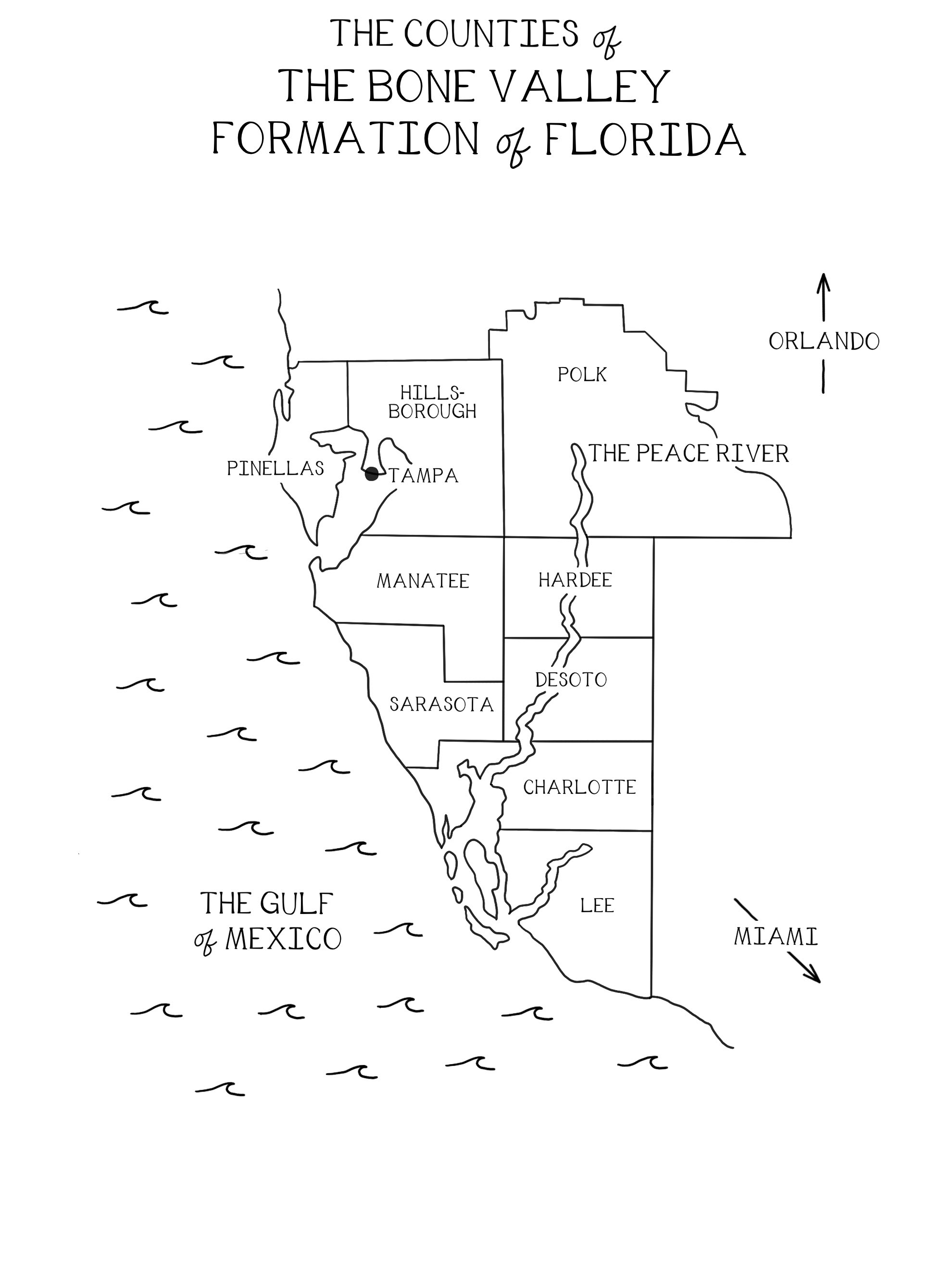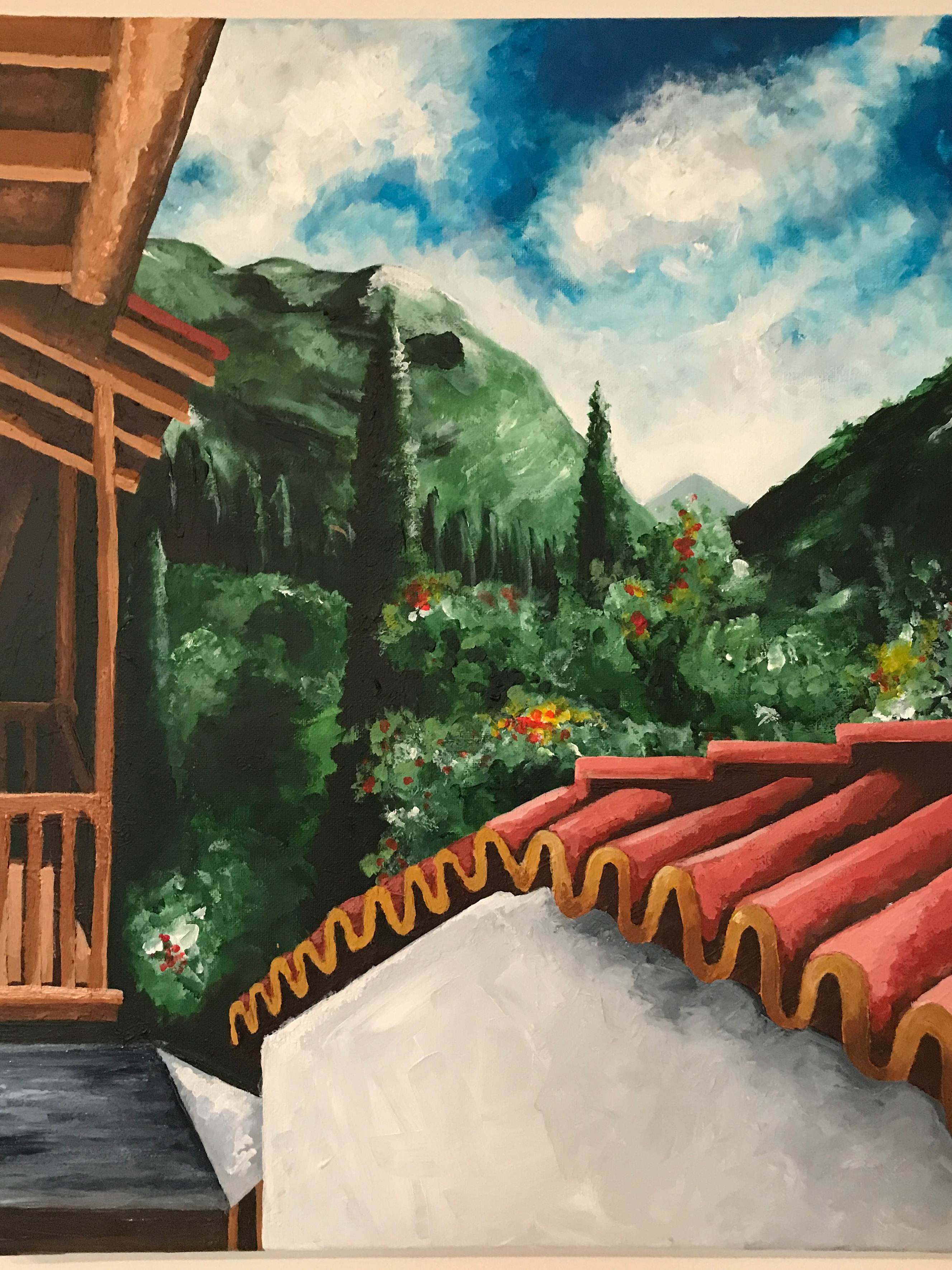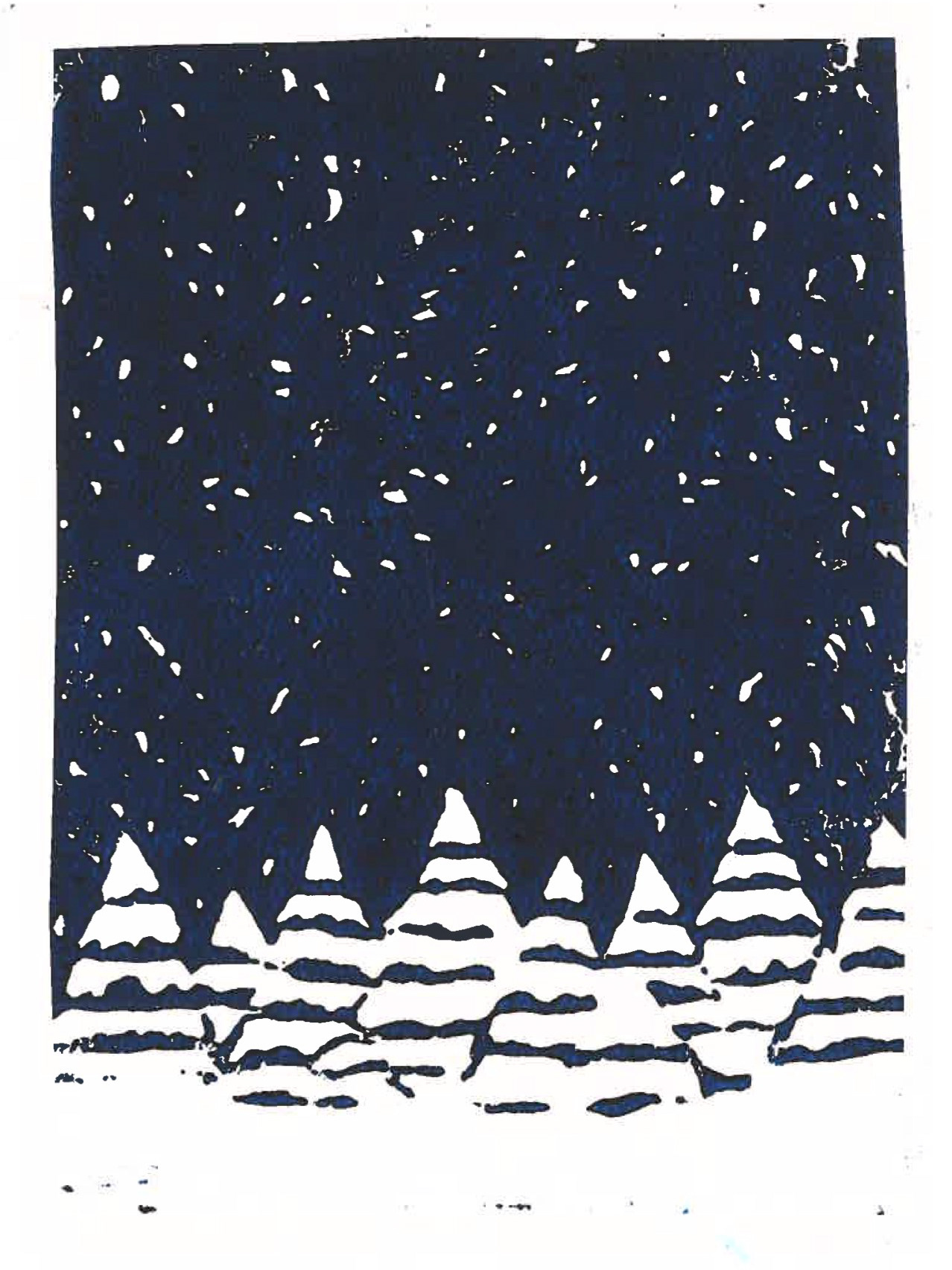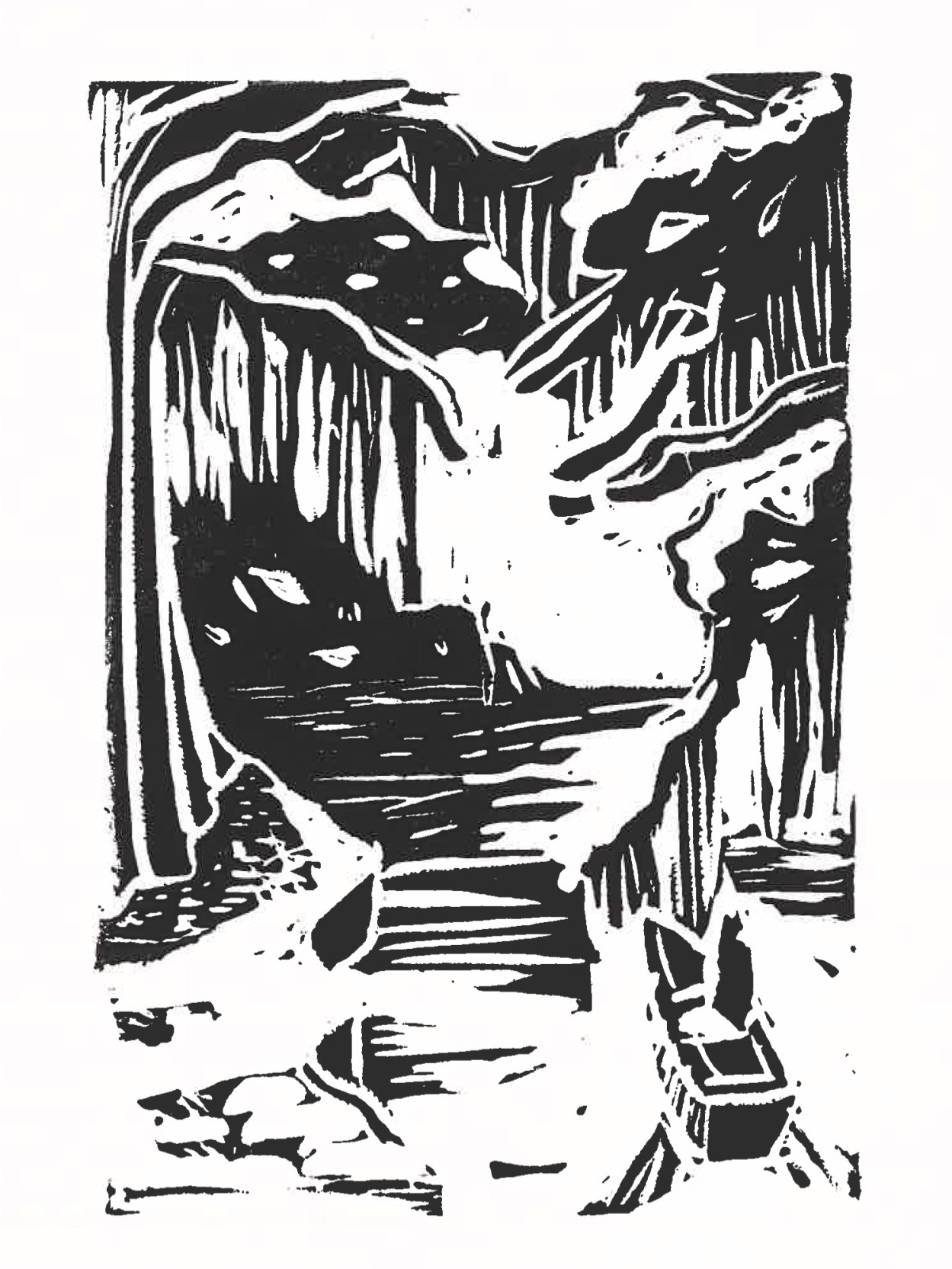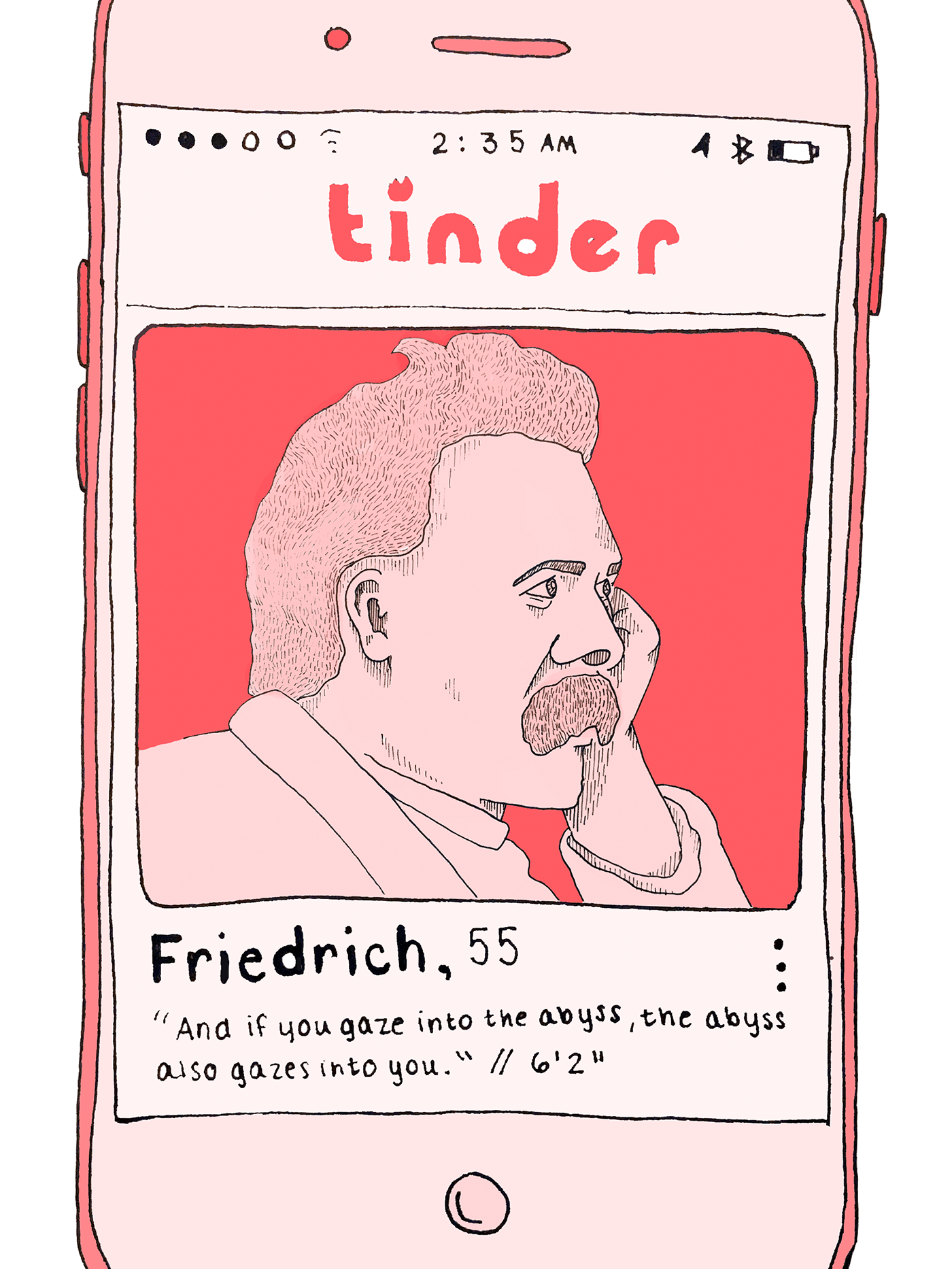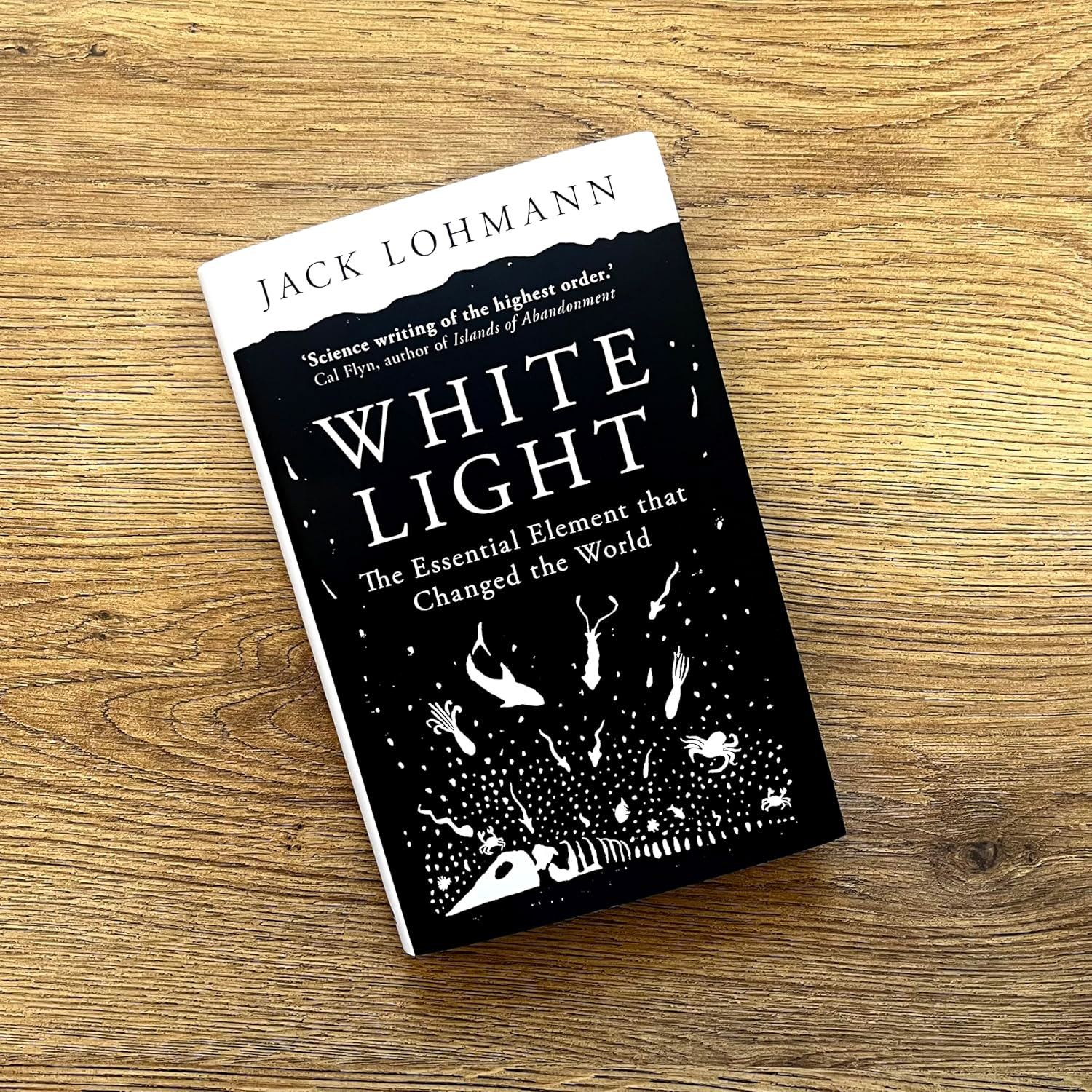
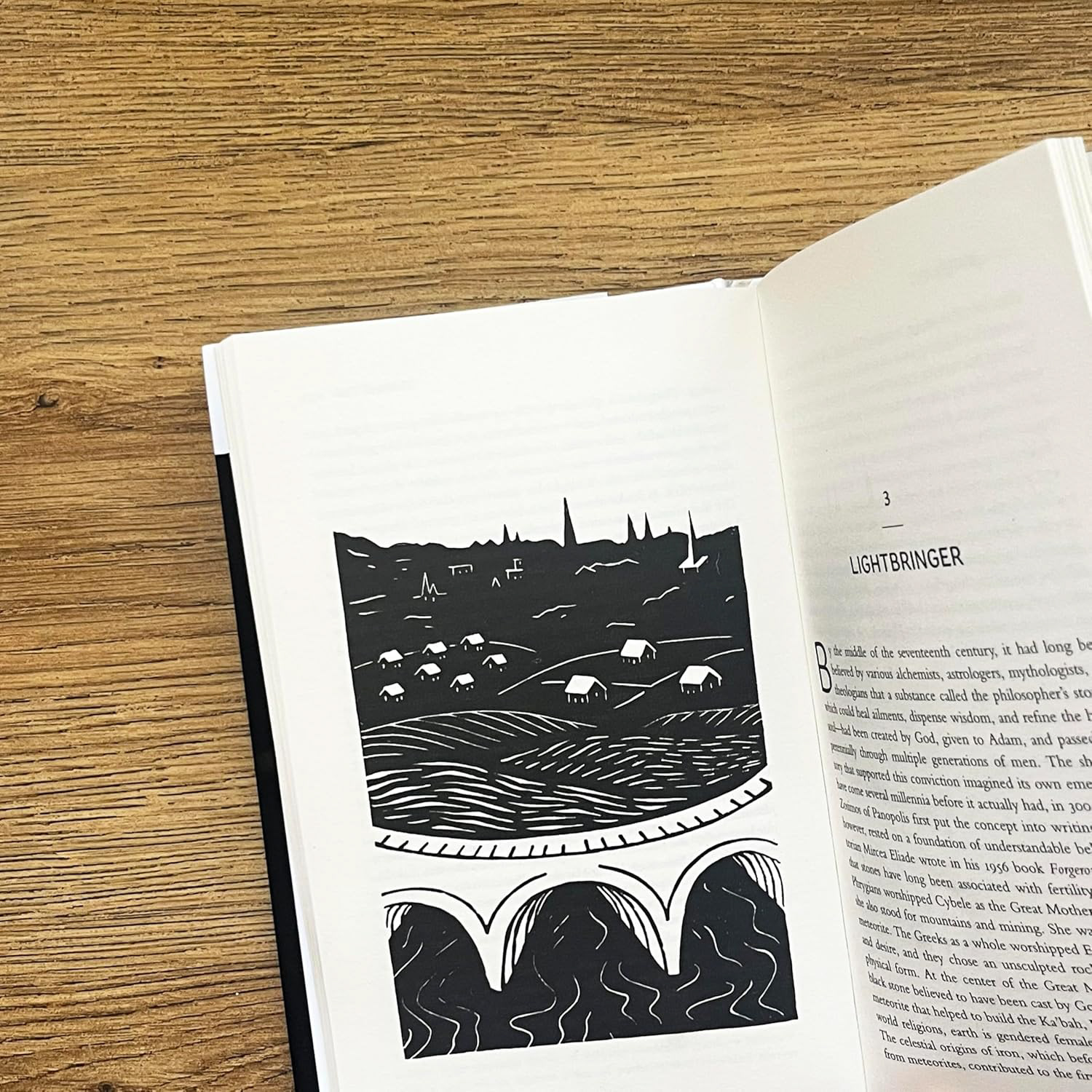
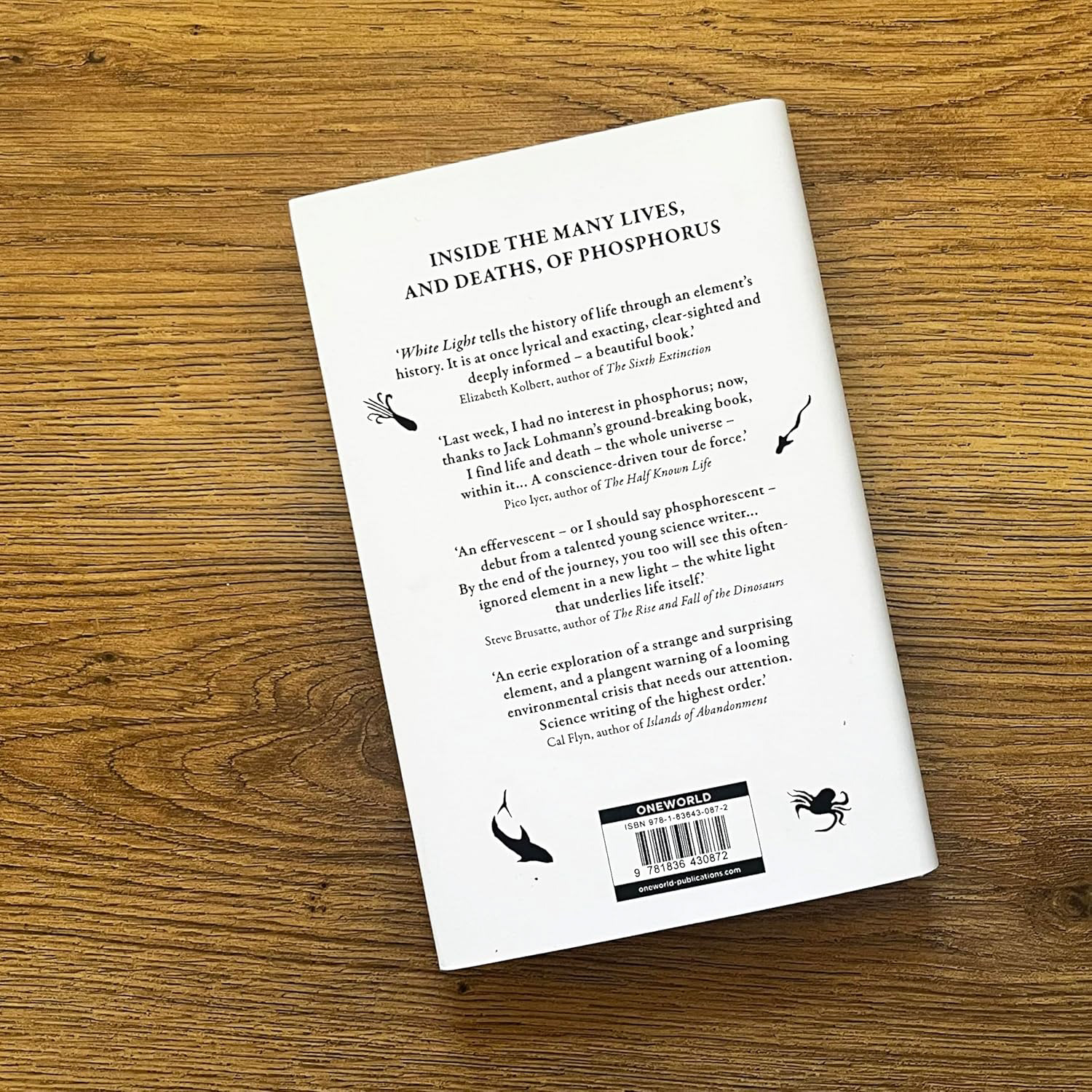
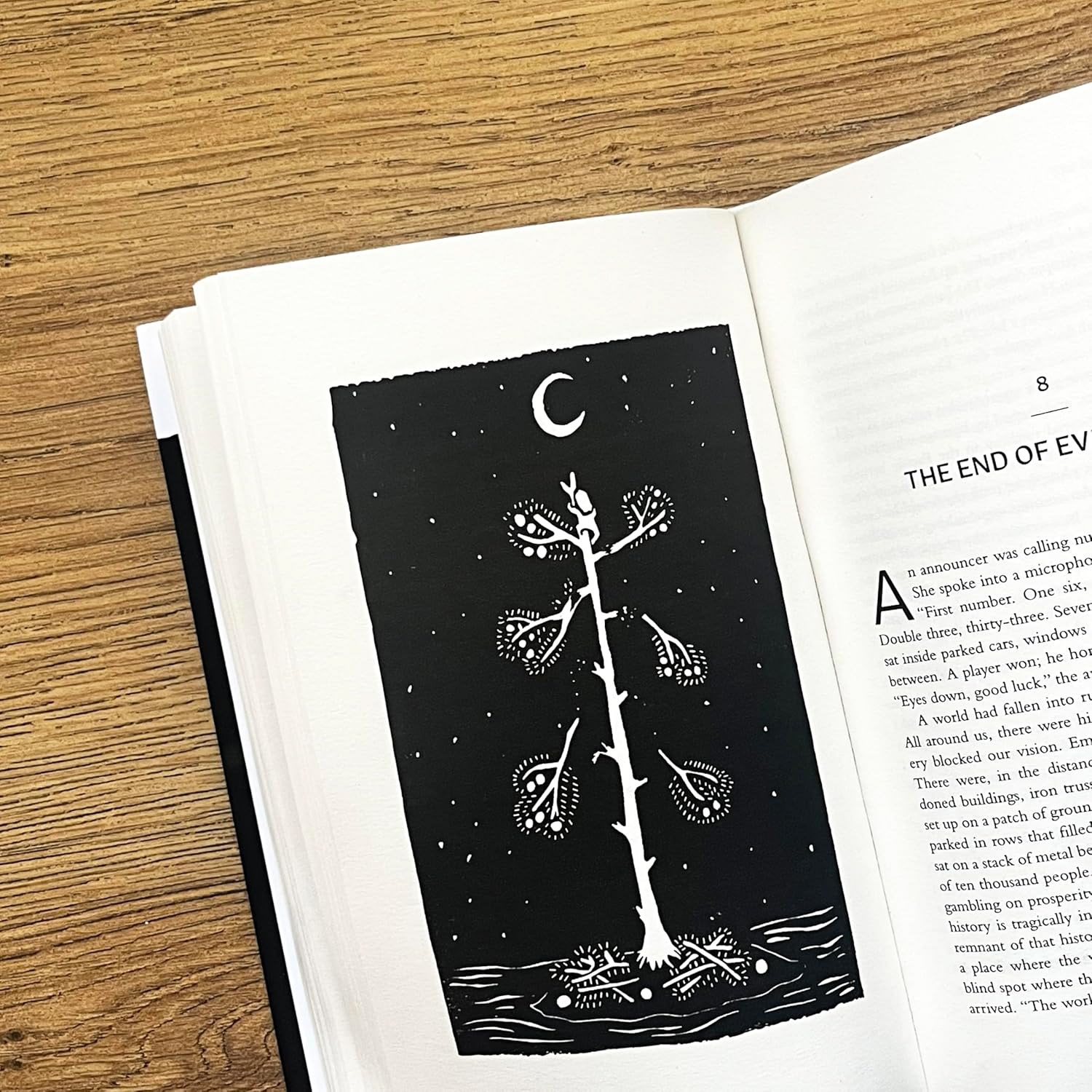
Chapter 1. At the Bawdsey Cliff in England, you can see the divide between geological layers, the Red Crag and the London Clay. It was here that, upon finding phosphate rock, England jumpstarted the industrial use of phosphate in agriculture.
Carved and printed by hand, with touch ups in Photoshop.
Chapter 5. Mining and processing phosphate leaves behind toxic chemicals that contribute to higher rates of cancer in humans and animals in the vicinity.
This image is a combination of linocut, paint pen, and digital drawing. Individual components were carved and printed by hand - the horse, cow, human, and two pig skeletons - which I then combined digitally into this layout. In Photoshop, I made significant edits to the human skeleton (with the help of my friend Zach!) and arranged the dots throughout.
Chapter 6. Phosphogypsum stacks are immense structures built to store toxic wastewater leftover from processing phosphate fertilizer. They involve digging beneath layers of Earth's surface through to aquifers, but below the water table, represented by the diagonally-striped line.
This image is a combination of linocut and digital drawing. I carved and printed components of each layer, then used Photoshop to combine and repeat pattern elements, refine the layer of the Avon Park formation, and create consistent fine lines throughout. The font was made using my handwriting digitally.
Chapter 8. The environment of Nauru, a small Pacific Island nation, has been severely damaged by phosphate mining. This image depicts the Nauruan story of Eigigu, who climbed a tree into the sky and married Maramen, the moon.
Carved and printed in linocut, with corrections to the tree leaves made in Photoshop, combining a few versions of this print into one.
Chapter 10. The stars and the sea.
This final image is a digital drawing; I created it based on multiple similar linocut prints I made in preparation.


